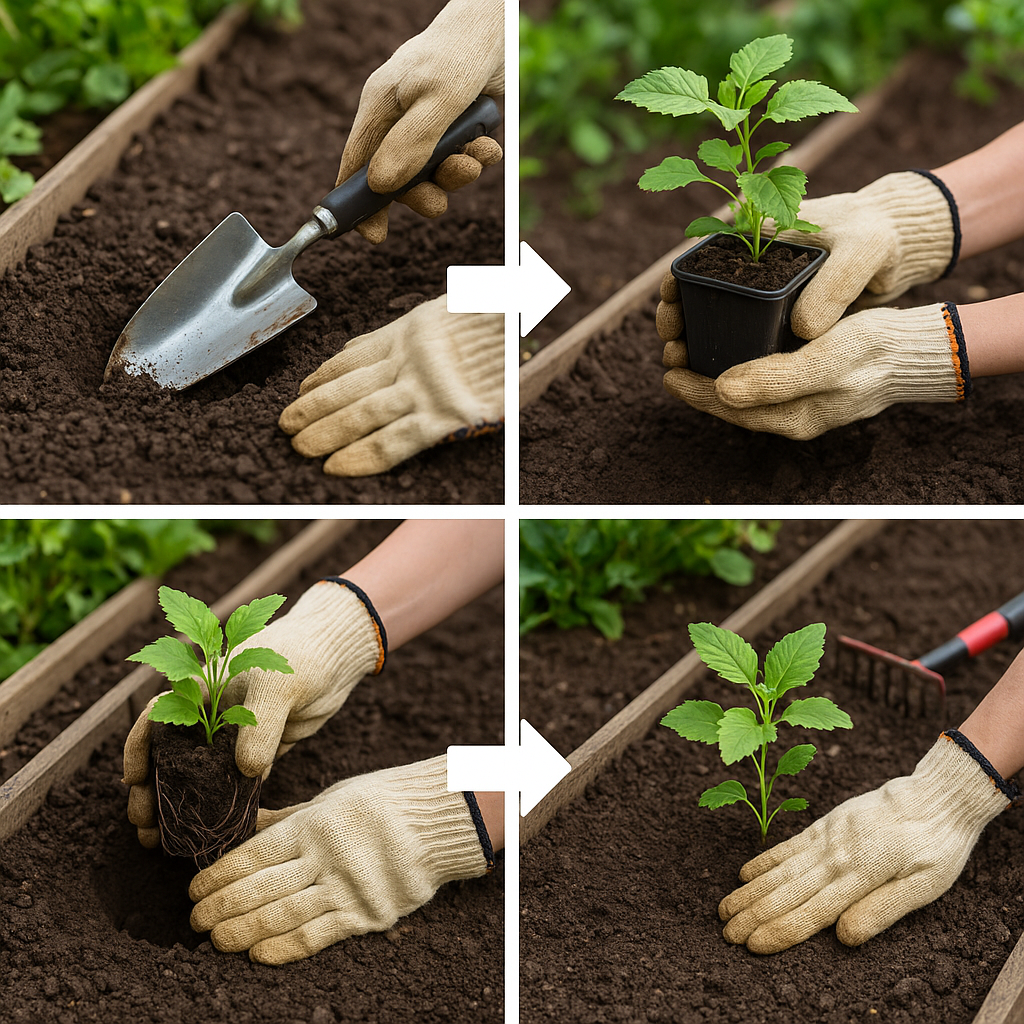Starting a garden can feel overwhelming—but with the right plan and a little effort, anyone can do it. In this step-by-step guide on how to build your first garden at home, you’ll learn how to design, prepare, and grow your own plants, whether you have a backyard, balcony, or just a sunny windowsill.
Why Start a Garden at Home?
Home gardening brings numerous benefits:
- Fresh, chemical-free produce
- Lower grocery bills
- Stress relief and physical activity
- Greener, healthier living environment
Plus, gardening is a rewarding and educational hobby for individuals or families.
Step 1: Choose the Right Location
Select a spot that receives at least 6 hours of sunlight per day and has easy access to water. Depending on your available space, you can choose:
- Ground-level beds (backyards)
- Raised beds
- Containers (for patios or balconies)
- Vertical planters or windowsills
Step 2: Decide What to Grow
Start small with easy-to-grow, beginner-friendly plants like:
- Leafy greens: Lettuce, spinach, arugula
- Herbs: Basil, parsley, mint
- Root crops: Radishes, carrots
- Compact vegetables: Cherry tomatoes, bush beans
Choose crops based on your local climate, space, and eating preferences.
Step 3: Prepare the Soil or Containers
Healthy soil is the foundation of any good garden:
- Use organic compost to enrich the soil
- Mix in perlite or sand for better drainage
- If using containers, choose pots with drainage holes and fill them with high-quality potting mix
Step 4: Plant Your Seeds or Seedlings
Follow spacing instructions on seed packets. Press seeds gently into the soil and water them carefully. Seedlings should be transplanted gently to avoid damaging roots.
Tip: Start with seedlings if you want faster results and fewer surprises.
Step 5: Water Regularly and Wisely
- Keep the soil moist, but not soggy
- Water early in the morning to minimize evaporation
- Use a watering can or drip system to avoid overwatering
Step 6: Add Mulch and Monitor Growth
Applying mulch (like straw or shredded leaves) helps:
- Retain soil moisture
- Prevent weeds
- Regulate temperature
Keep an eye on your plants for signs of pests, disease, or nutrient deficiencies.
Step 7: Harvest and Enjoy
- Harvest leafy greens when they reach 4–6 inches
- Pick herbs regularly to encourage new growth
- Harvest root vegetables when mature (based on seed packet timing)

Fresh food from your garden tastes better and is more nutritious!
For a full beginner’s guide to growing naturally, check out our article on Organic Gardening at Home: Step-by-Step for Beginners.
Final Thoughts
Knowing how to build your first garden at home is the beginning of a rewarding journey. With basic tools, a little patience, and consistent care, anyone can grow a thriving garden—even with limited space. Start small, stay curious, and enjoy every step of the process.
You can buy beginner gardening kits with tools, seeds, and soil mix here on Amazon.
